Vet reveals the 10 healthiest cat breeds
From the British Shorthair to the Siberian Forest Cat, we've rounded up the healthiest cat breeds

While all cats have the potential to experience health challenges, the healthiest cat breeds tend to have robust constitutions that make them less prone to developing some of the more common illnesses that cats can get.
When it comes to adopting a kitten or cat, understanding the potential health risks associated with each breed can help you to be aware of the types of conditions your new feline friend may be predisposed to.
Some breeds are healthier than others and while that's never any guarantee of a long life expectancy, it can certainly help ensure your kitty companion is with you for years to come.
To help you decide which feline is the best fit for you, we spoke to expert vet Dr Rebecca MacMillan who helped us create this list of the healthiest cat breeds. Below, she reveals what makes these breeds healthy and the particular conditions that each one is predisposed to.
Healthiest cat breeds
1. British Shorthair
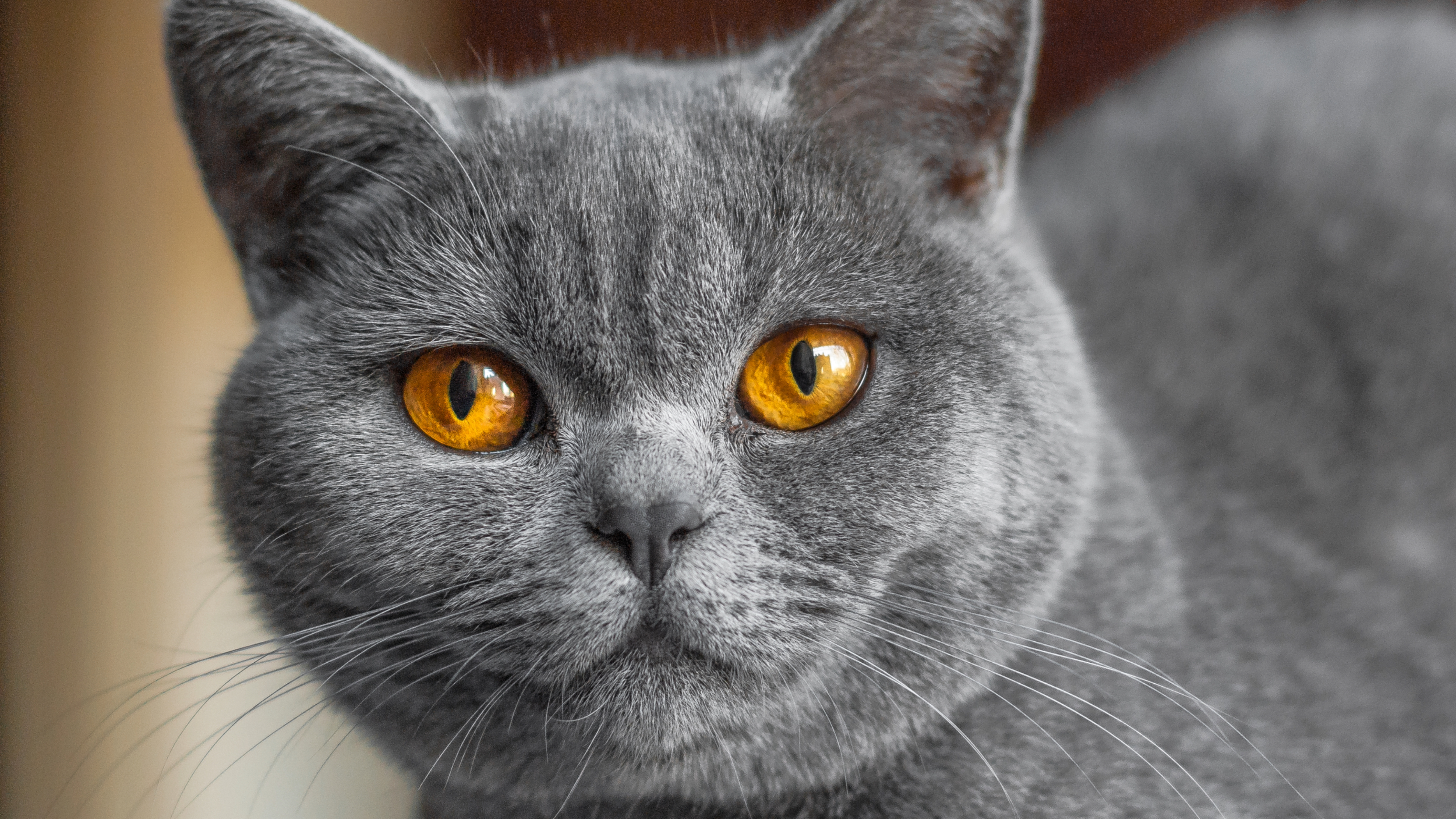
Regarded as the teddy bear of the cat world, the gorgeous British Shorthair is a chunky kitty with a round face and thick, plush fur. They make outstanding family cats thanks to their laid back, gentle and adaptable nature and while they're not huge fans of being picked up or sitting on laps, they are deeply devoted to their humans.
According to Dr MacMillan, the British Shorthair is a robust and healthy breed of cat.
Some individuals can live up to 20 years of age," she says. "Like most pedigree cats they are prone to a few health inherited issues including polycystic kidney disease [PKD] and hypertrophic cardiomyopathy [HCM]. Many British Shorthairs will also develop dental disease, so oral hygiene from an early age is important."
Get the best advice, tips and top tech for your beloved Pets
Check out our guide on how to brush cat teeth for advice on keeping your kitty's pearly whites in tip-top condition.
Grooming is minimal with this breed, just a brush once a week (and daily during the two peak shedding seasons of the year) is enough to keep their coat looking its best. And in terms of facts about British Shorthair cats, it's worth noting that they're outstanding mousers – so if you plan on letting them go outside, expect a present or two on their return!
2. Russian Blue
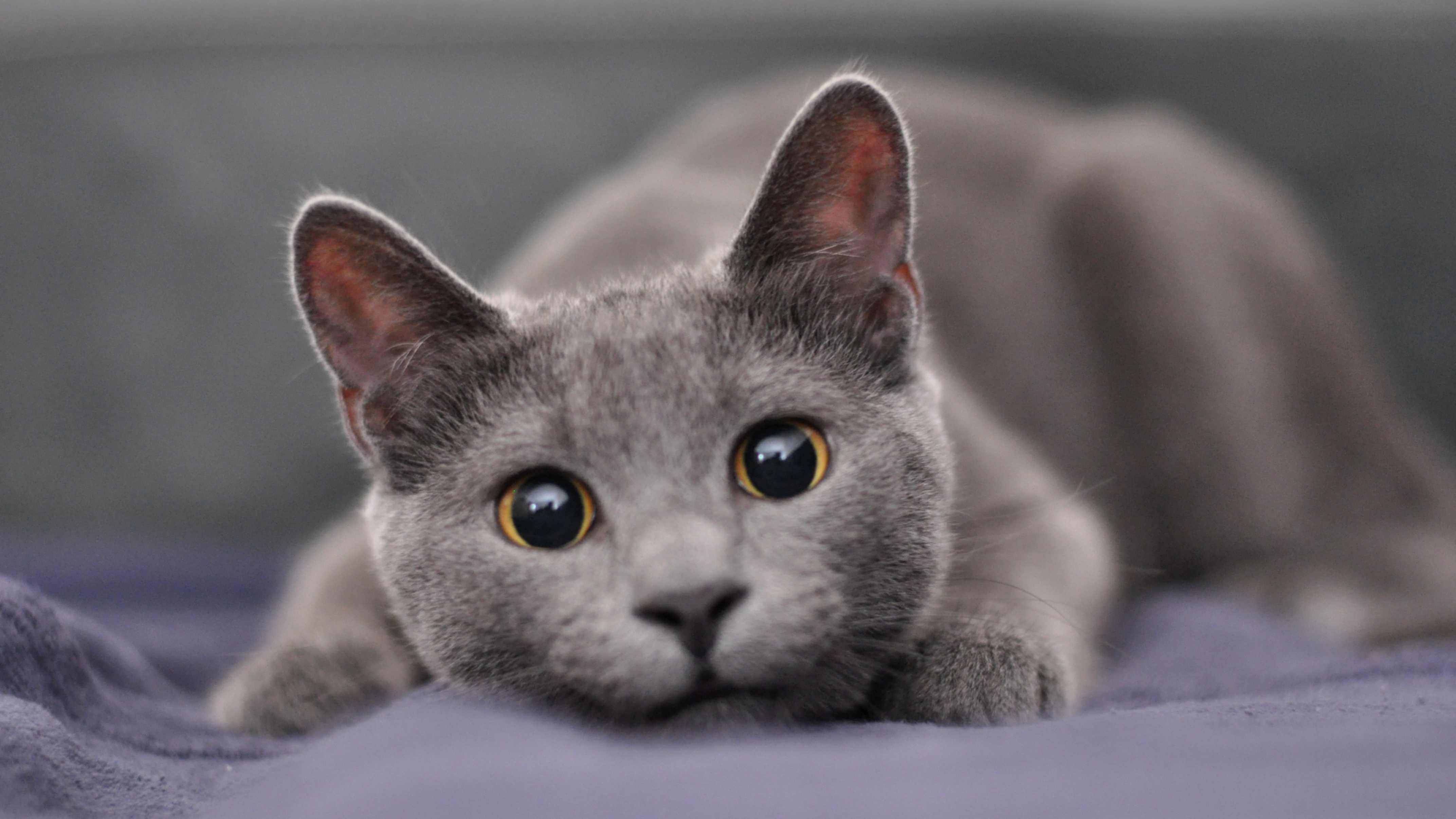
When it comes to things you need to know about Russian Blue cats, their loyal nature is near the top of the list. This breed is quiet, deeply sensitive and often likes to sit back and observe the world around them. Russian Blues are very easy cats to live with and while they can be aloof, they are very affectionate in their own way.
Dr MacMillan says that Russian Blues have not been bred for any extreme features and can live for 15-20 years with the right care.
"They are generally considered to be healthy, but they can still suffer from a few issues including asthma, obesity, and dental disease," she explains. "Owners must ensure they keep them at a healthy body weight and take appropriate steps to manage their cat’s oral hygiene."
It's worth noting that Russian Blues do not like change and value predictability, stability and routine, so if you plan on welcoming one into your home, try to keep things as consistent as possible.
3. Nebelung

A relatively rare long-haired breed, closely related to the Russian Blue, the striking nebelung is a quiet and calm kitty who values companionship and tends to stick close to their favorite humans. Easygoing, gentle and mellow, they're independent enough to play happily when their owners are out or busy, but will hop up onto a warm lap when the opportunity presents itself.
In terms of their health, they're generally considered robust but given they were only developed in the 1980s it remains early days for this breed.
"The beautiful nebelung is a relatively new breed of cat, so there are no reports of inherited health complaints yet," says Dr MacMillan. "However, these cats could still develop health conditions common to all felines including dental disease, skin complaints, and obesity, so regular checkups are essential."
While they are affectionate with those they know, the shy and retiring nebelung can be aloof and wary where strangers are concerned. If you plan on adopting one, they'll very much appreciate having lots of vertical spaces they can retreat to for those times when they're feel nervous or unsafe.
4. Ragdoll
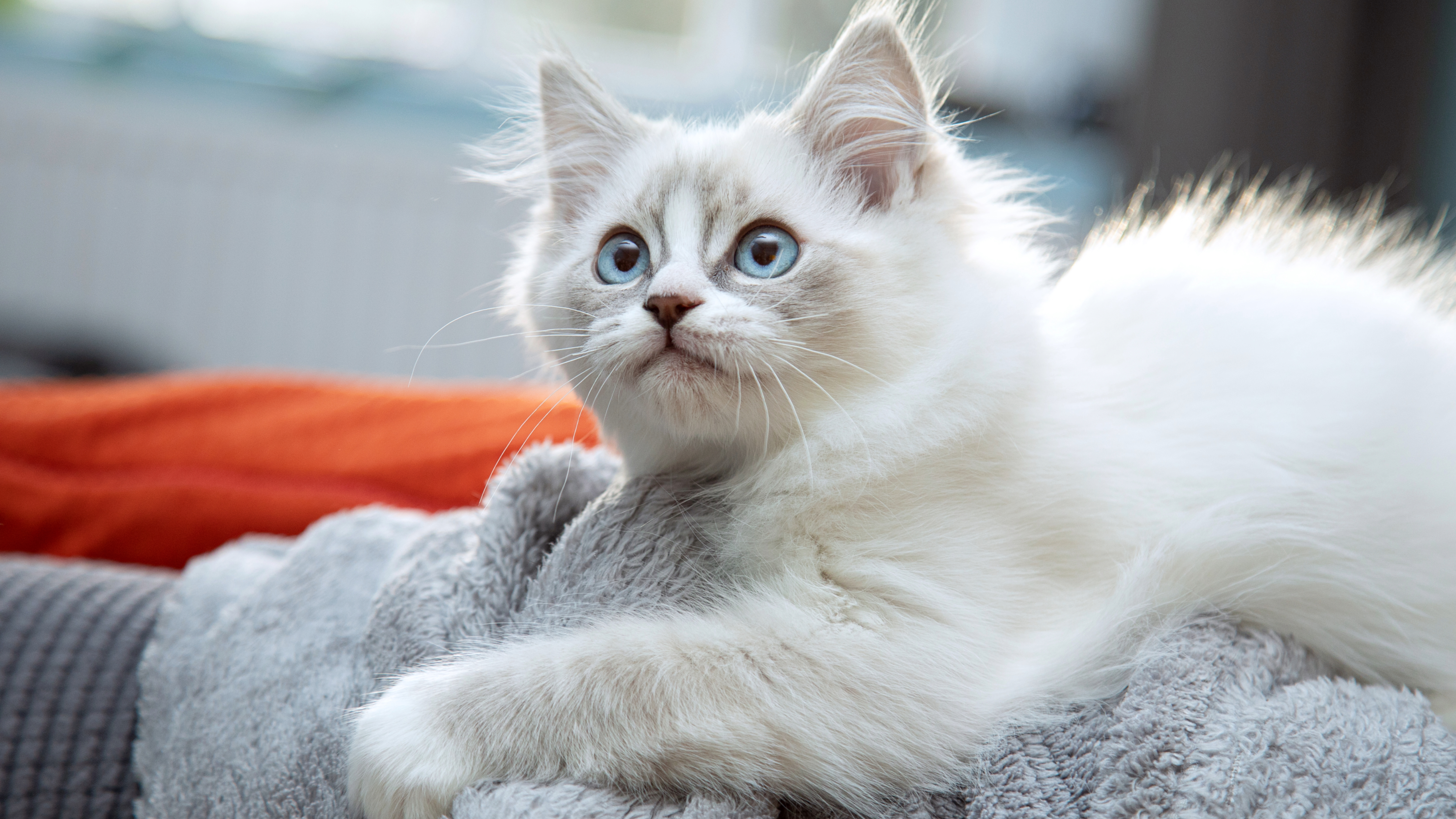
Beloved the world over thanks to their gentle and affectionate nature, the fluffy ragdoll is a cuddly kitty who's never happier than when they're soaking up the attention bestowed on them by their family. Friendly, social and laidback, they enjoy interactive play but on the whole they're a very calm cat breed.
"The sweet-natured and attractive ragdoll is a relatively healthy breed of cat," says Dr. MacMillan. "Their lack of extreme features makes them a better choice than some of the other pedigree cats available. However, like many purebred felines, they can suffer from a couple of inherited health issues. This includes polycystic kidney disease and hypertrophic cardiomyopathy."
With a typical lifespan of 17 years when cared for correctly, Ragdolls tend to make good choices for those looking for a long-term companion. Their long fur does require some upkeep with daily brushing sessions recommended to prevent mats and tangles.
Ragdoll cats enjoy the company of children and other cats and because they're so people-oriented, they'll benefit from having another feline friend around for company if you're out a lot during the day.
5. Siamese
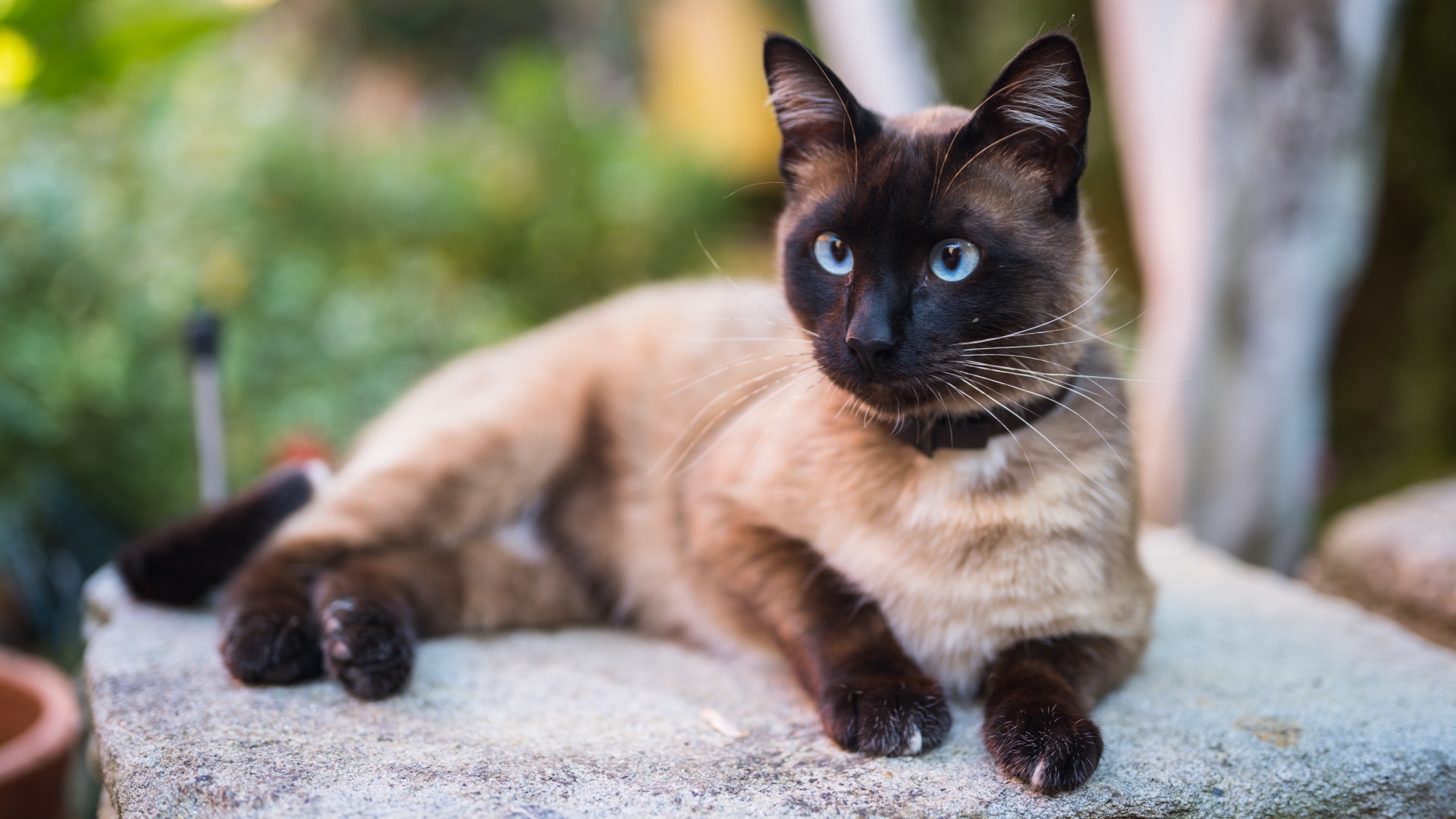
A unique breed with eye catching features, it's had not to fall in love with the striking baby blues sported by the Siamese cat. And while their talkative and somewhat demanding nature makes them anything but low maintenance, they make wonderfully loving and charming companions.
"These vocal and affectionate cats are popular, and with good reason!" Dr MacMillan confirms. "They usually make relatively healthy pets and can often live for 15 years or more. However, owners still need to be vigilant for issues that can affect this breed like amyloidosis [which leads to kidney disease], asthma, and cancer."
Spunky cats who love to stay active, their vibrant personalities make them a wonderful addition to the family home and they get on well with children and other pets. The Siamese is super smart but they're also quite sensitive, so if you want to train them, they respond best to lots of positive reinforcement.
6. Siberian Forest Cat
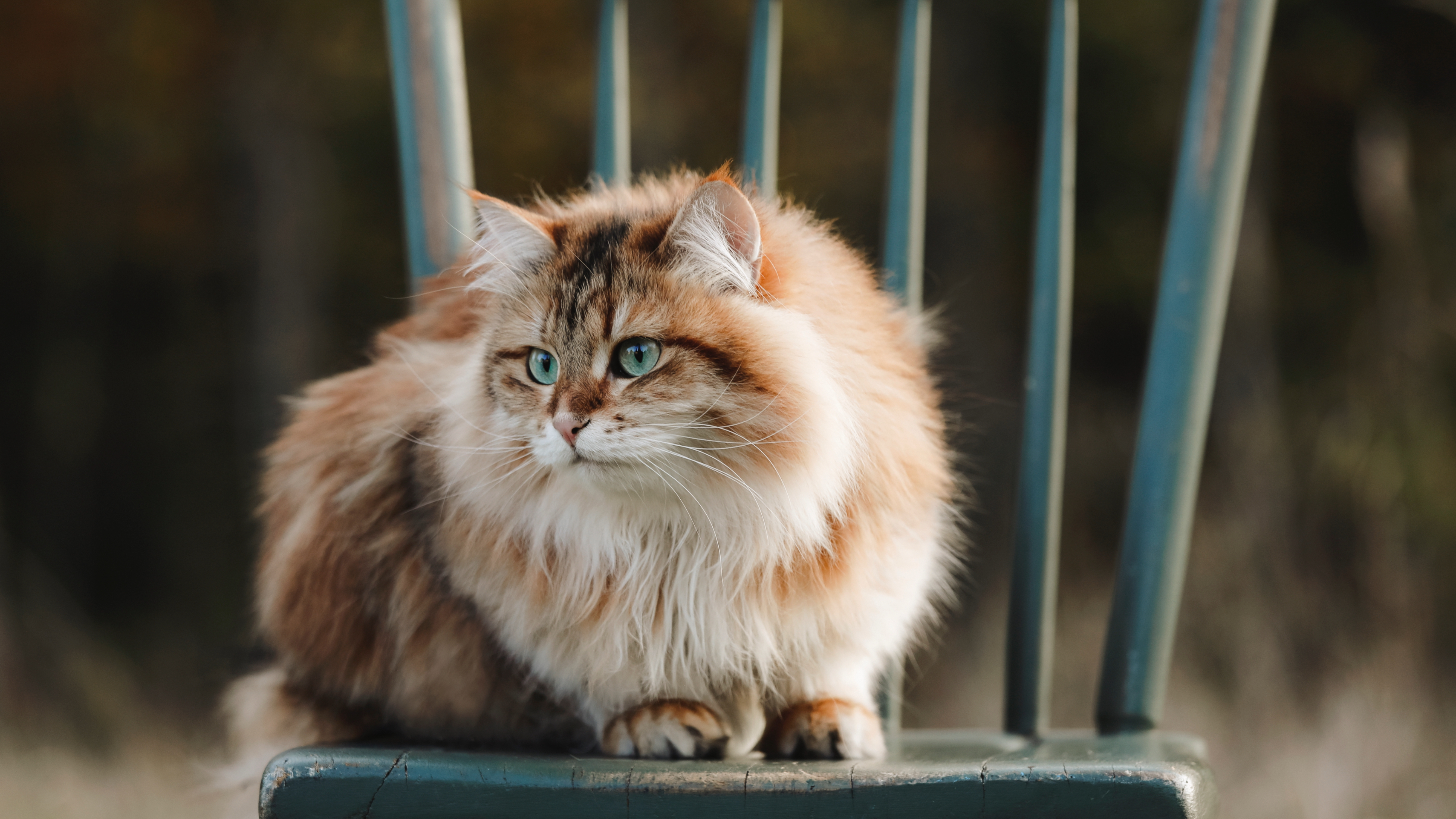
One of the best cat breeds for cold climates, the hardy Siberian Forest cat has fluffy ears, a brush-like tail, prominent ruff and a beautiful thick and long coat that keeps them warm in even the harshest of conditions. Bright, affectionate kitty who love to cuddle, they make ideal companions for those looking for a sweet-natured lap cat.
When it comes to their health, Dr MacMillan describes these muscular cats as being a generally healthy breed.
"However, like many pedigrees, there are some inherited complaints that they are prone to. These include hypertrophic cardiomyopathy and polycystic kidney disease. It is therefore essential to purchase your Siberian kitten from a breeder that only mates healthy animals."
Gentle and adaptable, Siberians love to play, so it's worth having investing in a few of the best cat toys that they can use when they have energy they want to burn off. This breed typically doesn't like being left alone and can struggle with separation anxiety if they don't have someone at home to keep them company during the day.
7. American Shorthair
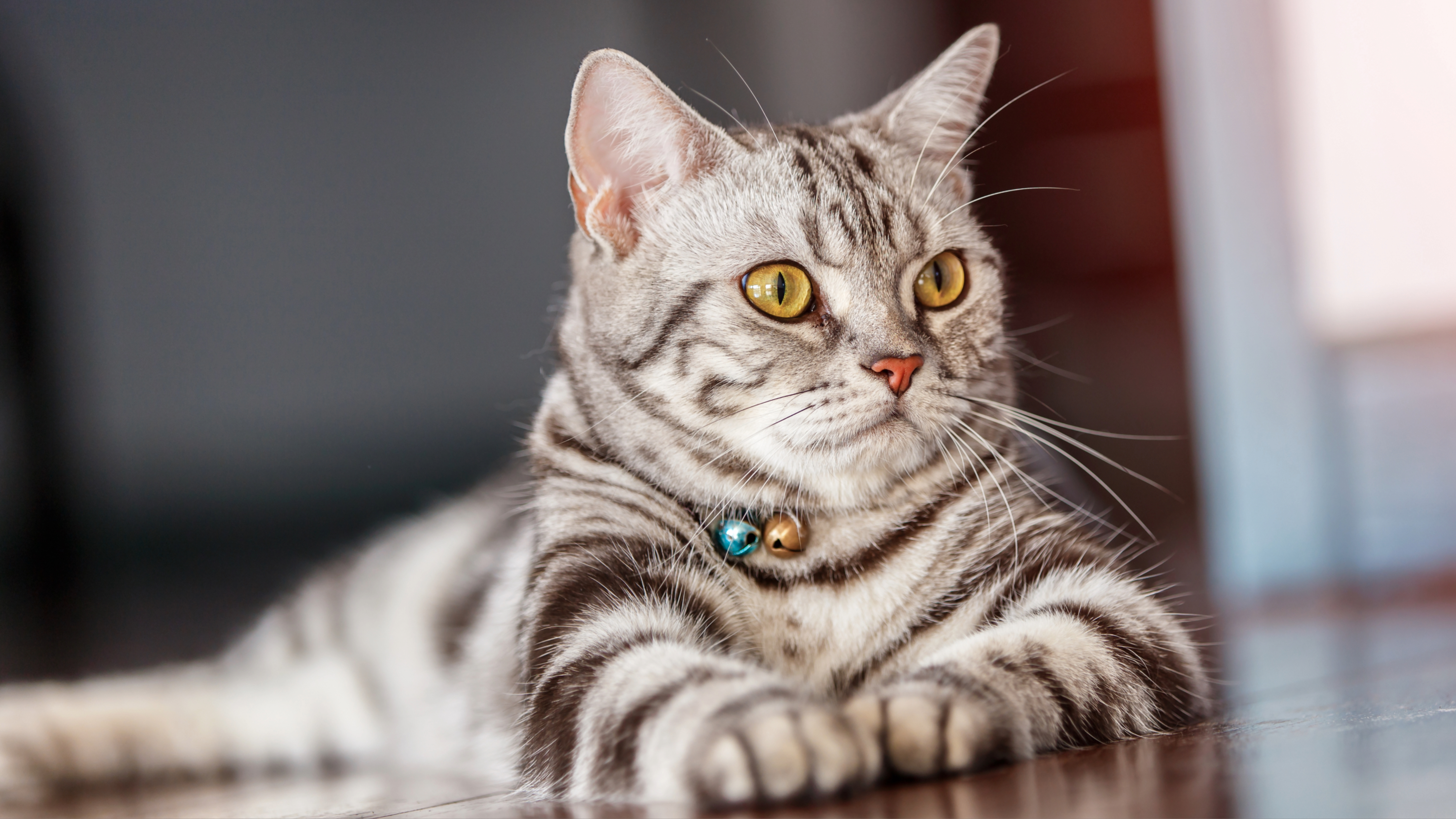
The American Shorthair is an easygoing kitty who gets on well with children and other pets and enjoys being a part of family life. While they tend to be quite active during the day (they're outstanding hunters!), at night they're usually happy to curl up on a warm lap and have a cuddle.
If you're thinking of adopting an American Shorthair, you're in luck, as they're typically a healthy breed.
"This cat doesn’t have any extreme features or suffer from unique breed-specific complaints, making it healthier than many other pedigrees," explains Dr MacMillan. "Of course, they can still experience health problems that are common to all cats such as kidney disease, heart murmurs, dental disease, and obesity."
One fact about American Shorthair cats that's worth noting is how easy to train they are. Intelligent and always up for a challenge, they love any training that's reward-based, and because they're athletic, most will take well to leash training.
8. Burmese
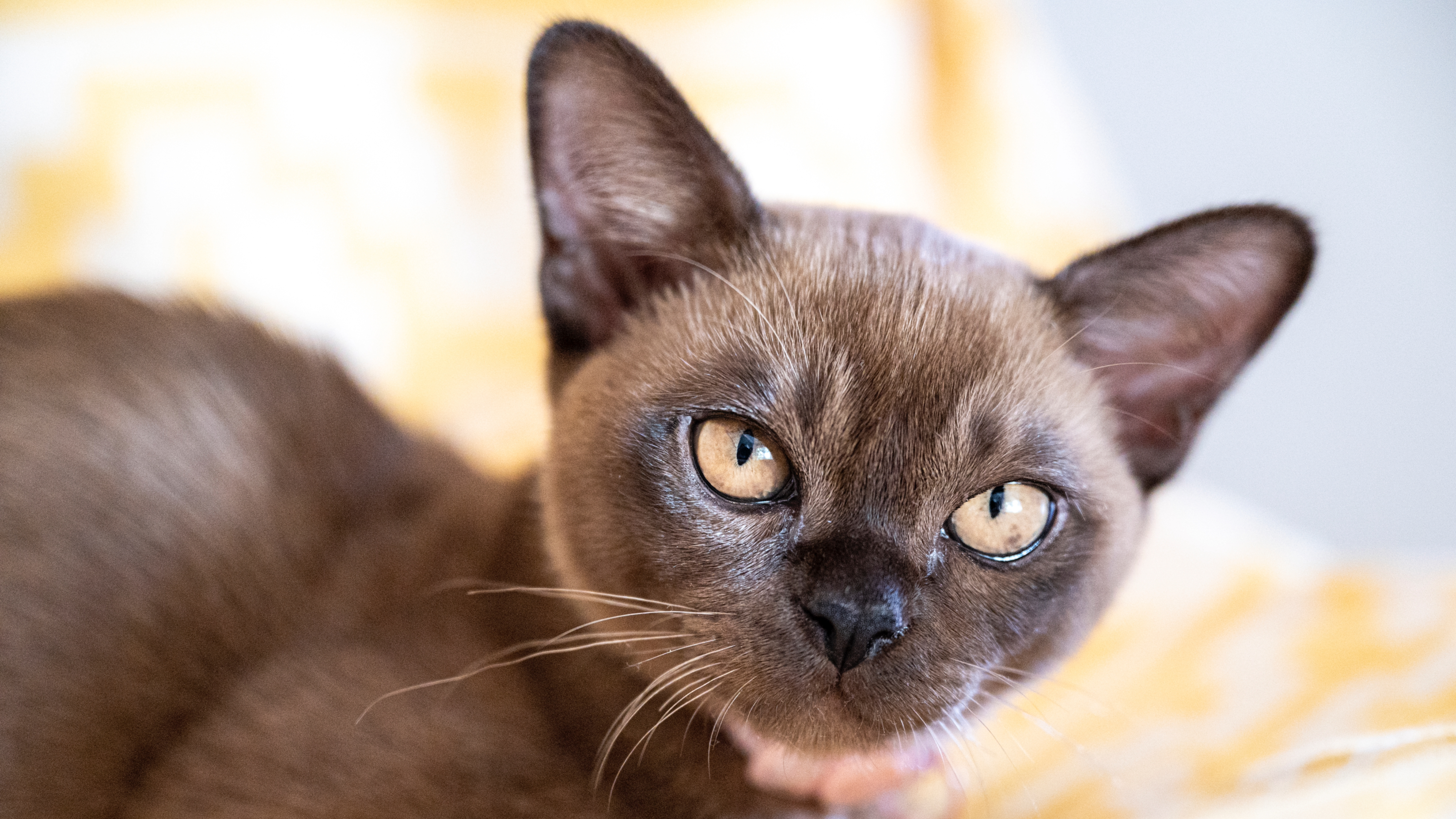
Lovingly referred to as bricks wrapped in silk thanks to their robust build and soft and shiny fur, it's impossible not to fall in love with the charming Burmese. Sensitive souls who crave company, they're very affectionate with their humans and love to follow them around the house chatting away.
"Burmese are generally a healthy breed and can live to around 15–20 years with the right care," says Dr MacMillan. "However, they are prone to diabetes and urinary stones. It is therefore essential to keep these cats at a healthy body weight and ensure they are drinking enough water to reduce the risk of urinary tract disease. Regular vet checks will also help to spot any problems more quickly."
Fun-loving, energetic and curious, they have active minds and bodies, so they need lots of mental and physical stimulation each day to keep them out of mischief. While they tend to love the company of other Burmese cats, they can be slow to warm up to other cats and animals, so if you plan on having a multi-pet household, be sure to introduce them slowly.
9. Balinese

A long-haired breed with striking sapphire blue eyes, the graceful Balinese is an ideal choice for anyone looking for a devoted feline friend. Sensitive to the moods of their owners, they are always on hand to provide comfort and love nothing more than to engage in conversation.
When it comes to their health, Dr MacMillan describes them as healthy and long-lived cats.
“Some sources saying they could have a lifespan of 18–22 years of age. However, like most pedigree breeds, there are a few health conditions they will be more prone to. Due to their shared genetics, these cats may suffer from similar health problems to Siamese cats, which include asthma and amyloidosis."
Balinese cats have a loving temperament and bond deeply with their human family. They thrive on attention and affection and like to be involved in all aspects of home life. Just be mindful that they can be demanding and are prone to getting into mischief when they're left alone for too long.
10. Toyger

Bred to look like a toy tiger, the toyger is a highly intelligent and active breed that will keep you on your toes! A relatively new and rare cat breed (the first toyger was born in 1993), they may look wild but in reality they are a cuddly and playful breed who want to be with their humans at all times.
"Toygers are relatively healthy cats because they are the product of domestic shorthairs that have been selectively bred for their distinctive markings," Dr MacMillan says. "This means they are technically crossbred tabbies, so they don’t have any breed-specific health issues. They can still develop conditions that are common to all cats, including dental disease, obesity, hyperthyroidism, and urinary tract issues."
When they're not snuggled up on their owners lap, the toyger loves batting around toy mice and chasing after a teaser wand, so interactive playtime will be a great way to strengthen your bond with this breed. Toygers love learning new tricks and are very adventurous, so they'll happily accompany their owner outdoors wearing a harness and leash.
Read next: Best cats for first-time owners
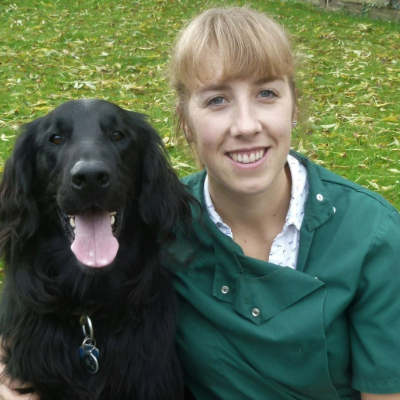
Rebecca is a veterinary surgeon who graduated in 2009 from the Royal Veterinary College in London. She has a wealth of experience in first opinion small animal practice, having done a mixture of day-to-day routine work, on-call emergency duties and managerial roles over the years. Rebecca enjoys medicine in particular and she is proud to have recently achieved a BSAVA postgraduate certificate in small animal medicine (with commendation).
She writes on various feline and canine topics, including behavior, nutrition, and health. Outside of work and writing she enjoys walking her own dog, spending time with her young family and baking!

Kathryn is a freelance writer who has been a member of the PetsRadar family since it launched in 2020. Highly experienced in her field, she's driven by a desire to provide pet parents with accurate, timely, and informative content that enables them to provide their fur friends with everything they need to thrive.
Kathryn works closely with vets and trainers to ensure all articles offer the most up-to-date information across a range of pet-related fields, from insights into health and behavior issues to tips on products and training.
When she’s not busy crafting the perfect sentence for her features, buying guides and news pieces, she can be found hanging out with her family (which includes one super sassy cat and a kitten), drinking copious amounts of Jasmine tea and reading all the books.
She has written for a range of publications, including Fit&Well, Top Ten Reviews, LiveScience, Goodto, and Product Hunt.
